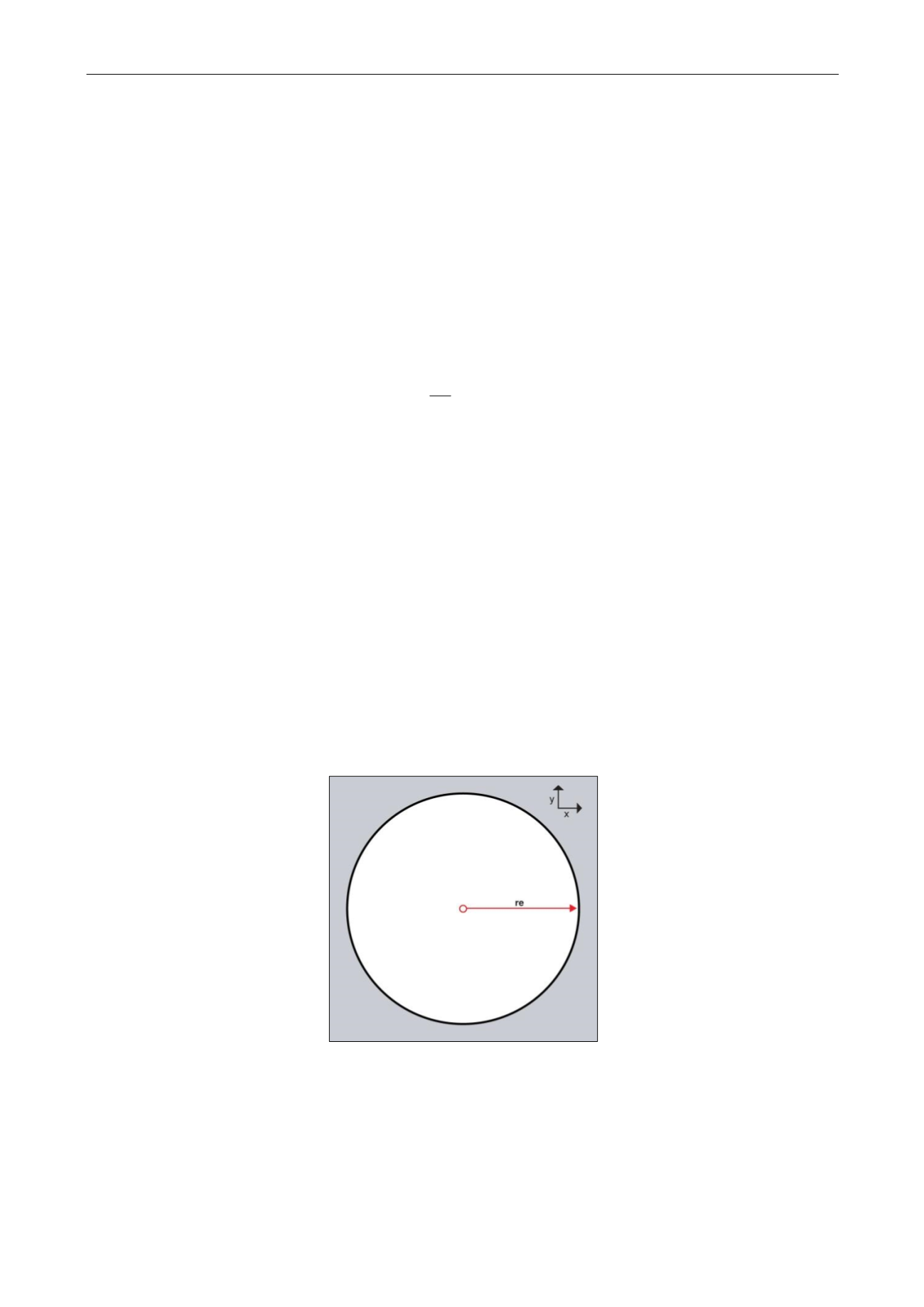

Dynamic Data Analysis – v5.12.01 - © KAPPA 1988-2017
Chapte
r 2 – T heory- p28/743
2.E
Outer boundary conditions
The previous sections only considered reservoir of infinite extent. An outer boundary will be
made up of one or several sections of various type and shape combinations. In this section we
will introduce the most usual types of boundaries, solve the case of a simple closed system
and introduce the notion of pseudo-steady state (PSS).
2.E.1
Major types of boundaries
The most common type of boundary or boundary section is sealing, or no flow. It is given by
applying Darcy’s law orthogonally to the boundary surface, with a rate equal to zero:
No-flow boundary section:
0
n
p
The second most common type of boundary or boundary section is an approximation of
pressure support (gas drive or water drive) considering that the pressure remains constant:
Constant pressure boundary section:
i
p p
There are many other types of boundaries: leaky boundaries, conductive boundaries, water
drives and gas caps. They will be described in detail in the chapter on boundary models.
In this section we focus on closed systems constituted by only no-flow sections, as we want to
introduce the notion of pseudo-steady state (PSS), the main regime of interest in Rate
Transient Analysis (RTA).
The simplest case of a closed system (because it is the simplest to model analytically) is a
reservoir of circular shape centered at the well and of radius r
e
. Such model may be used to
simulate the behavior of a really closed system or the production of a well in its drainage area:
Fig. 2.E.1 – Closed circular boundary
















